Double eyelid surgery, also known as East Asian blepharoplasty, is a cosmetic surgery that creates a visible crease on the upper eyelids.
It is the most popular cosmetic procedure among Asians and the third most popular among Asian Americans, according to a study published in the Seminars in Plastic Surgery.
That’s because having this crease is viewed as a sign of beauty, as it makes the eyes appear more alert, visible, and expressive.
Nonetheless, creating double eyelids doesn’t mean “westernising” the eyes. This surgery should retain the ethnic features of the eyes so that the results look natural. In this guide, we’ll explore this double eyelid in detail.
What Is Double Eyelid Surgery?
Double eyelid surgery aims to treat a “monolid.” Although a monolid is not a medical problem, some people find it unattractive and seek surgery to fix it.
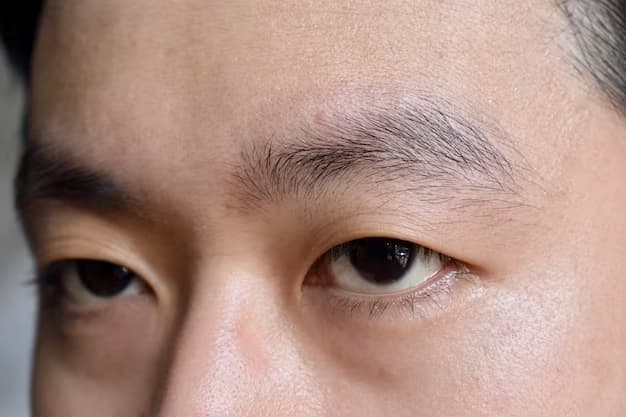
In itself, a monolid is just another eye shape, but it lacks the crease that separates it from the eyebrows. It’s also known as an epicanthic (or -al) fold that covers the inner corner of the eye.
These epicanthal folds are found in more than 50% of the Asians. However, certain genetic conditions (e.g. Down, PKU, fetal alcohol, Turner, Williams, etc.) can also result in the development of monolids.
It is important to note, however, that not everyone with a monolid has a completely missing eye crease. In some people, it’s present but not well-defined or tapers at the inner/outer corners.
With double eyelid surgery, it’s possible to create a prominent, symmetrical arch on the upper eyelids. It’s also possible to combine it with a canthoplasty (almond eye surgery) or lower blepharoplasty to completely refresh and reshape the eyes.
Why Do People Undergo Double Eyelid Surgery?
As mentioned above, this surgery is more popular among East Asians and can be done for any of the following reasons:
- Make the eyes appear bigger and younger.
- Make the eyes look more attractive.
- Make the eyes look more refreshed.
- Make the eyes look less puffy.
- Make the eyes less droopy.
- Make the creases on the eyes symmetrical.
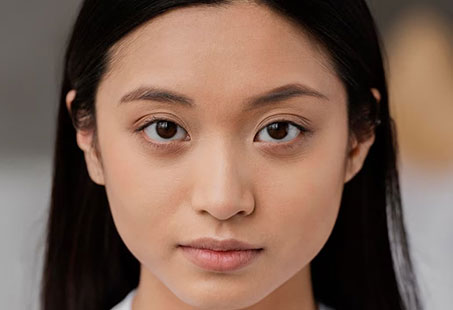
Moreover, this surgery allows people to apply makeup to their eyes according to their preferences.
Removing some of the excess skin tissue also exposes the entire length of the eyelashes, which can add to the beauty of the eyes.
However, not everyone can undergo this surgery. It can be contraindicated if you have an issue with your eyes, thyroid, or blood clotting.
What Is The Procedure For Double Eyelid Surgery?
Double eyelid surgery can involve removing excess skin, fat, and muscle tissue from the upper eyelids, depending on the goals and anatomy of the patient.
The entire surgery is completed in about 1-2 hours. However, it can take longer if you’re also getting another surgery with it.
It may be done under general or local anaesthesia and is usually outpatient. But as far as the surgical techniques go, there are two.
Incision Method
As the name suggests, this surgical technique involves making an incision in the upper eyelid. Running parallel to the lash line, it’s slightly above the intended location of the crease.
After the skin is cut open, the excess fat, skin and orbicularis oculi muscle are removed. Following that, the incised skin is sutured to the underlying structures of the eye. That is what creates the crease in the upper eyelid.
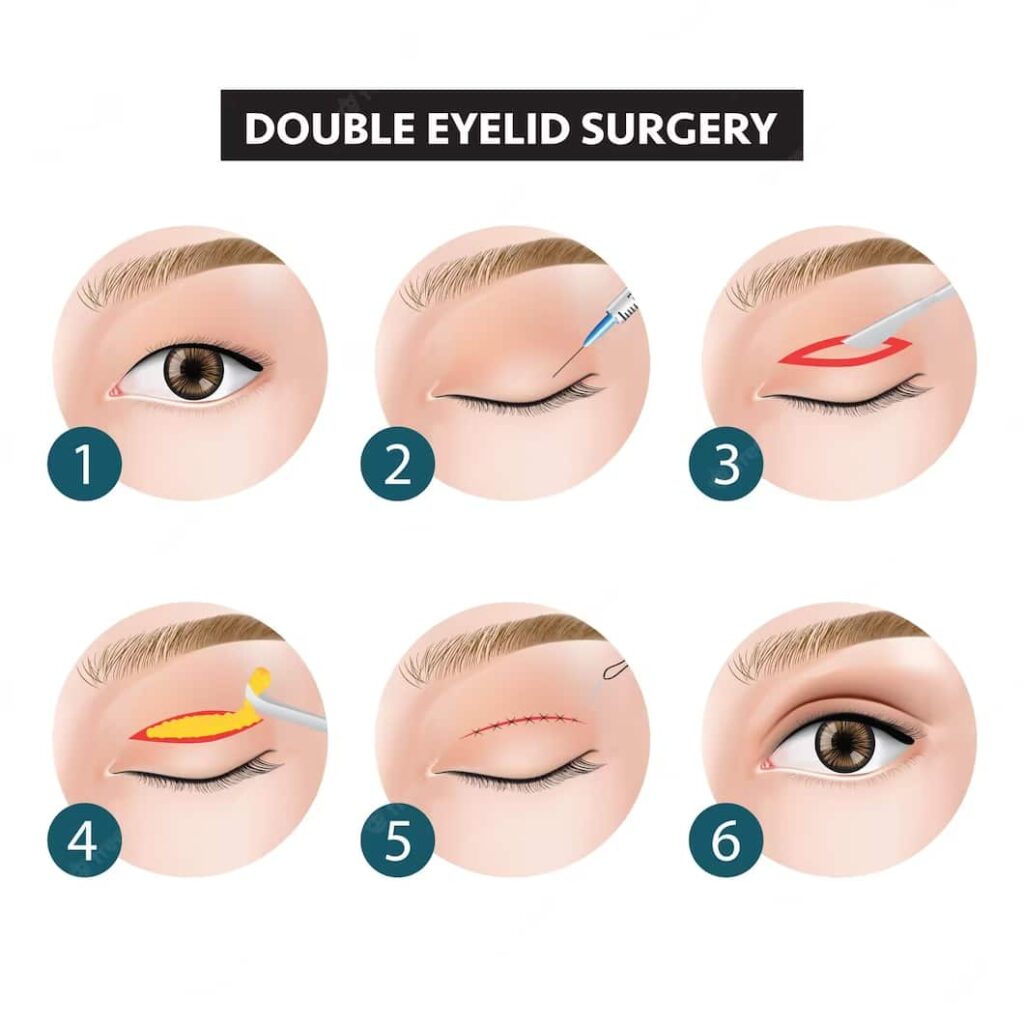
After the internal sutures, however, the outside skin is also stitched or glued back together so it can heal.
This open incision technique is the most commonly used for creating a double eyelid. Although, its scarring will be more visible (appears when eyes are closed) than the non-incision technique, it fades away in time.
Also, its recovery will be longer. Because of the post-op side effects, you’ll have to wait for a few weeks to see the final results.
Still, the main advantages of this technique are: its results are permanent, and it’s better suited for those who have more orbital fat and thicker skin.
Non-Incision Method
Instead of making an incision to create a crease, this technique does so by using sutures or stitches.
For this, around 3-6, small holes are created on each eyelid. These act as entry points for the sutures (nylon), which are also attached to the deeper structures in the eyelids.
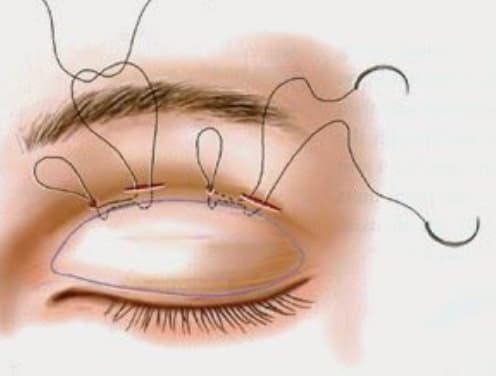
Since this doesn’t require any incisions, the recovery is quicker. Moreover, scarring is not a big concern. It’s also possible to reverse the results of this double eyelid surgery because the threads can be removed.
But this double eyelid surgery is only suitable for those who have thinner skin (without a lot of excess orbital fat).
However, there are a few disadvantages, especially as far as results are concerned. For one, this technique has a higher risk of failure. Sutures can become loose (especially when you move your upper eyelids when wearing lenses), resulting in the crease disappearing.
It’s not possible to predict how long the results will last, but it’s less likely to be permanent.
Double Eyelid Surgery Before And After
Here’s what you can achieve from a double eyelid surgery:
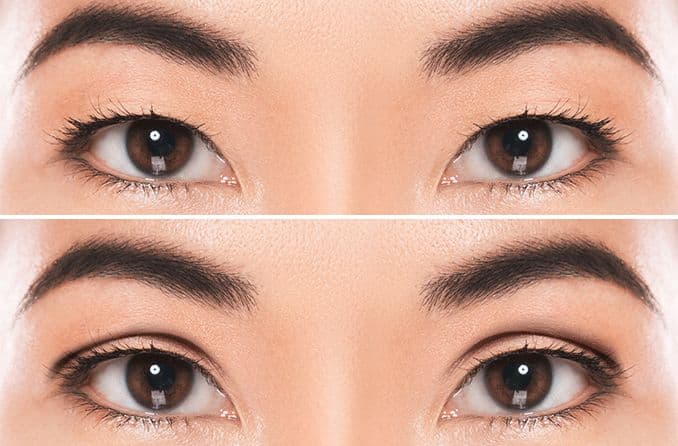
After the surgery, you’ll have a prominent crease on your upper eyelid, separating your eyes from your eyebrows.
What is The Cost Of Double Eyelid Surgery?
In the UK, double eyelid surgery can cost you anywhere from £2,500 to £5,000. Since it’s cosmetic surgery, it’s only available privately.
And its price can vary depending on the experience of the surgeon, type of anaesthesia, extent of surgery and the location of the location.
Also, in the US, the same surgery can cost anywhere from $2,500 to $7,000. And health insurance won’t cover it either. There too, you’ll have to take the costs of consultations, medications and follow-ups separately.
You can, however, save costs by getting this surgery in Turkey, where it can be 3-6 times cheaper because of the exchange rate and low cost of living. In Turkey, Asian blepharoplasty costs £1,600-£1,800 on average for an all-inclusive treatment plan.
What Will The Recovery Process Be Like?
The recovery time for double eyelid surgery is typically 7-10 days. The sutures are also removed after this time. But while recovering, it’s common to experience the following:
- Bruising
- Swelling
- Discolouration
These are temporary side effects of the surgery and resolve on their own after some time. Your surgeon will also prescribe you medicines for their management.
In addition, they might advise you to use an ice pack or cold compress to help with the swelling. Keeping your head elevated can also prevent it from worsening. Meanwhile, avoid any vigorous physical activity, and don’t drive without consulting your doctor.
And if you’re looking for ways to hide your eyes, you can consider wearing big sunglasses. It’s not a good idea to apply any makeup for at least 2-3 weeks after surgery (still ask your doctor first).
Keep in mind that swelling can persist for 3-6 months, and that can elevate the position of the crease. Once it subsides, the height of the crease will decrease, and you’ll be able to see the final results. However, your scar will continue to fade in the months that follow.
But just like any other surgery, Asian blepharoplasty also carries certain risks. For instance, it can cause the following:
- Infection
- Dry eyes
- Hematoma
- Droopiness
- Asymmetry
- Vision problems
So, if you experience any problems during recovery, don’t hesitate to contact Longevita’s Aftercare team.
Are There Any Alternative Eyelid Surgeries?
There is no surgical alternative for Asian blepharoplasty. However, there are a few non-surgical options like glue or tape.
A tape usually comes with a plastic prong that helps in the application of its small strip. You place it where you want the crease to be.

And if you’re using glue, draw a line with that glue (where you want the crease) and wait for it to dry (takes a few minutes). After that, you can adjust the crease with special plastic prongs.
While these products do work, they can end up damaging your eyes. For instance, a study published in the International Journal of Environmental Research and Public Health found that double eyelid tape can cause:
- Inability to blink completely
- Increase in tear evaporation
- Corneal staining (abrasions to cornea)
- Meibomian gland dysfunction (MGD)
This list is not exhaustive. And in addition to tapes, research has shown that glues can also have a negative effect on eye health.
Therefore, you need to be careful about the usage of these products on your eyes.
Eyelid Surgery In Turkey
Having performed thousands of surgeries in more than a decade, you can trust Longevita to help you become the best version of yourself.
Our internationally-acclaimed plastic surgeons are experienced in performing eyelid surgeries. And by getting them at our world-class facilities in Turkey, you can save more than 50% of their cost in the UK.
We can also prepare a customised treatment plan for you for free. So, if you have any questions or want to make a booking, don’t hesitate to contact us.
Reviewed and approved by Prof. Dr Fuat Yuksel
FAQs
Does double eyelid surgery hurt?
Double eyelid surgery is not painful because you’ll be under anaesthesia. After the surgery, you can feel some pain, but it can be managed with painkillers.
How long does a double eyelid last?
If you had the incision method, your double eyelid surgery results will be permanent. However, in the case of the non-incision method, the threads can come loose, so it’s not possible to predict how long the results will last.
Is double eyelid surgery safe?
Double eyelid surgery is considered to be safe, provided it’s done by an experienced and board-certified professional. However, like other surgeries, it carries certain risks.




